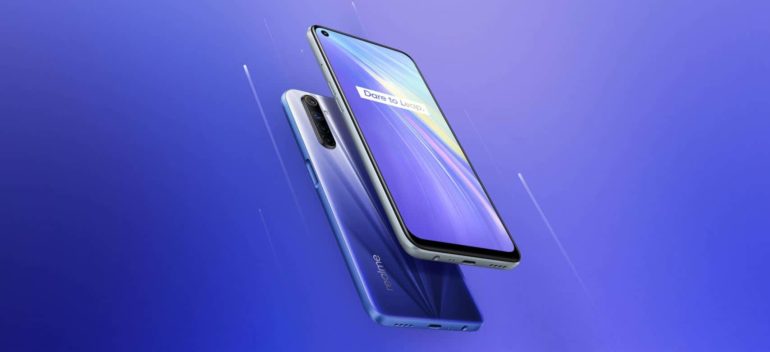Table of Contents
Performance
Next, let’s take a look at the performance. Realme 6 is powered by the new Helio G90T chipset from MediaTek, which is really powerful processor, which has also found itself in the Redmi Note 8 pro. This processor has two Cortex-A76 cores clocked at 2.05GHz and six cores clocked at 2.0GHz. Over the years, MediaTek found itself catching up with the dominant Snapdragon chipsets, but it’s worth mentioning here that with the new generation of Helio Chipsets, Mediatek has taken a big leap forward in terms of the competition, and very soon, the gap will be nonexistent.
The unit we have for review is the 8GB RAM/128GB storage variant, but you have two other variants on offer in case of the Realme 6. We have the base version that features 4GB RAM/64GB storage and also a mid-level variant with 6GB RAM/128GB Storage.
Another noteworthy change to the Realme 6 is that it now ships with Realme’s own UI, called the Realme UI. The brand used to ship the ColorOS flavor of Android in the past, but it looks like they have made their UI and the Realme 6 gets the same.
The side-mounted fingerprint sensor is also very snappy, and we were surprised to see this new tech fit in so well so early into adoption. We also tested the face unlock option and that too produced promising results. The 8GB RAM test unit showed us that Realme 6 is not just about the looks and flashy features. Multi-tasking is a breeze on this and the app load times are also significantly low. Mediatek has mentioned that the new line of G90 chipsets be gaming-level processors and they are not lying. Gaming performance on the Realme 6 is one of the best in that price range and yes, the phone does get a bit warm after an hour of gameplay, but it’s well within permissible levels, so make sure you keep vigilant and avoid extensive gaming.
Camera
The Realme 6 packs in a quad-camera setup at the back consisting of a 64-megapixel primary camera, an 8-megapixel wide-angle camera with a 119-degree field of view, a 2-megapixel monochrome camera, and a 2-megapixel macro camera. In the selfie department, the Realme 6 comes with a 16-megapixel selfie snapper within the hole punch cutout.
The camera interface and software is a little monotonous and mimics the ones you get on most budget phones today, but that said, the camera performance itself is pretty great. The camera focus is lightning fast and the different modes along with AI integration come together and ensure that every shot you take is a final piece. Make note that photos are taken in 16MP resolution by default, but you can change that to full 64MP if you wish.
The Wide-angle camera could have been a bit better in my opinion. You do get a wide field of view but there is a noticeable reduction in terms of detail and quality. The output was slightly distorted at the edges too. The portrait mode, however, is a different story. Usually, in budget phones, the portrait mode is more of a gimmick, with edge detection being absolutely disappointing and the result being a forced variant to the original portrait mode. In Realme 6 though, the cameras do a wonderful job with the portrait mode. The edge detection is immaculate and the result is absolutely clear and accurate.

